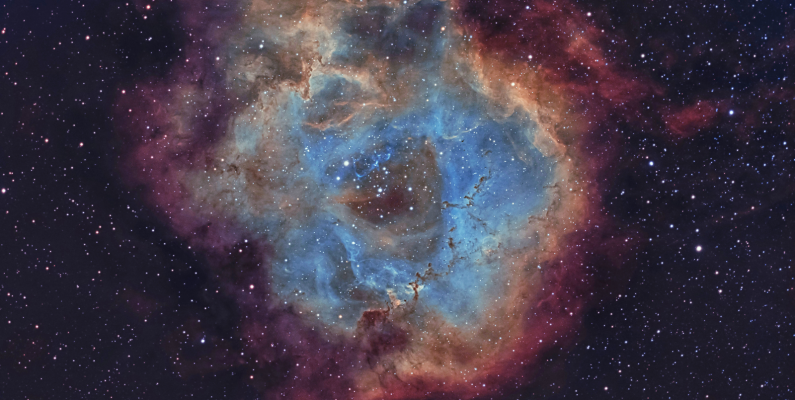
Welcome to the Sky Guide, your monthly guide to what's happening in the heavens!
Check out the printable version here: the-sky-tonight-march-pamplet.pdf
|
MOON MARAMA PHASES: |
SUN RĀ RISE / SUNSET |
|||
|
Phase
New Moon 1st Quarter Full Moon 3rd Quarter |
Date
Tuesday 5 Wednesday 13 Wednesday 20 Wednesday 27 |
Friday 1 Friday 15 Sunday 31 |
Rise
7.12am 7.32am 7.53am |
Set
8.27pm 8.01pm 7.30pm |
|
Planets Whetū Ao: |
|
|
|
|
Venus Meremere-tū-ahiahi 1 March 15 March 31 March |
Mars Matawhero 1 March 15 March 31 March |
Jupiter Hine-i-tīweka 1 March 15 March 31 March |
Saturn Pareārau 1 March 15 March 31 March |
|
In Capricornus |
In Aries |
In Ophiuchus |
In Sagittarius |
The five brightest planets in our solar system are Mercury, Venus, Mars, Jupiter and Saturn. These have been known since ancient times and can be seen with the naked eye. They are visible through much of the year, except for a short period when they are too close to the sun to observe.
MARCH Poutū-te-Rangi HIGHLIGHTS
Leo
In Greek mythology, the constellation of Leo represents the vicious lion said to have terrorised the district of Nemea. Many tried to defeat the lion but the animal’s pelt proved impenetrable. Eventually the hero Hercules cornered the lion in a cave and strangled it to death. Afterwards he skinned the beast and made a cape of its hide, which became one of his most distinctive features. The goddess Hera then placed the lion in the sky, to honour its status as king of the beasts.
Of the 12 zodiac constellations, Leo is considered one of the easiest to find. Look north-east to find a backwards question mark shape of stars, known as the Sickle. At the bottom of the Sickle you’ll see a bright star named Regulus, which means “little king”. The Sickle is the lion’s head – scan towards the eastern horizon to find the rest of the lion’s body.
.

Māori Stars
Takurua is the brightest star in the sky and can be seen in the north from late November to early July. Takurua shares her name with winter – when she is bright in the sky it is a sign that frost is on the way. The winter season is sometimes personified as Hine-takurua, or winter woman. Maruaroa o Takurua, the winter solstice, occurs between 20 to 22 June and is said to be when the sun begins his journey from Hine-takurua (his winter bride) to Hine-raumati (his summer bride).
Takurua will be nearly overhead for most of March, making it easy to find. Simply look up while facing north and pinpoint the brightest star in the sky.
The brightest star in the southern sky is Autahi, also known as Te Ariki o Te Tau, the Lord of the Year. Autahi has been given this title because he is circumpolar, meaning he never sets below the horizon and is visible in the sky year round. Because Autahi is so easily seen, he was one of the guiding stars used by Polynesians on their way to New Zealand. Autahi was also known to predict wind patterns by twinkling in the direction the winds were blowing.
Autahi is directly above us in March and is the second brightest star in the sky. If you’ve already found Takurua simply scan south until you find another star of similar brightness – this is Autahi.
Rosette Nebula
The Rosette Nebula (pictured above) is located near the end of a large molecular cloud in the Monoceros constellation of the Milky Way. An open cluster of stars known as NGC 2244 is located within the nebula, and can be seen through binoculars or small telescopes. This cluster and nebula are located around 5000 light years from Earth, with the nebula measuring 130 light years across.
March Equinox
This year the March equinox will take place at 10.58am on Thursday 21 March. On the equinox, the sun shines directly on the equator and the length of day and night is close to equal. The March equinox is the moment that the sun crosses over the celestial equator – the imaginary line in the sky above the Earth’s equator.
Inspired to learn more about stars, constellations and deep sky objects? Come along to a showing of The Sky Tonight at the Perpetual Guardian Planetarium. This live presentation explores how the sky over Otago will look on the night of your visit. It's showing at 12.30pm and 2.30pm on weekdays, and 11.30am and 2.30pm at weekends.
Top image: Rosette Nebula by Chuck Ayoub. CC BY-SA.
